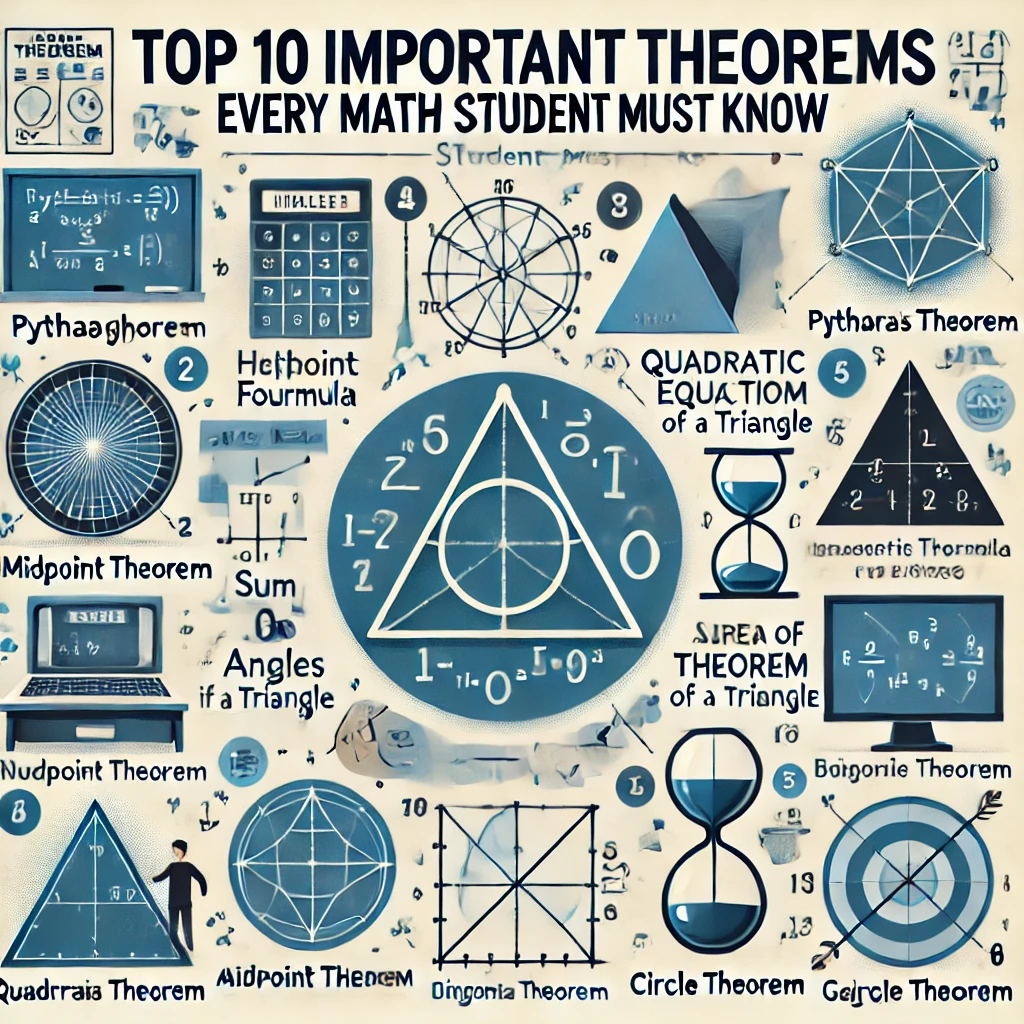Understanding the Problem: Breaking it Down
When tackling complex physics problems, a fundamental step towards mastery is thoroughly understanding what the problem entails. Before diving into calculations or attempting to derive solutions, it is crucial to break the problem down into manageable parts. This initial phase is where the groundwork is laid for effective problem-solving and ultimately leads to more accurate and efficient results.
Identifying key variables is an essential first step in this process. By carefully analyzing the problem statement, students can pinpoint the relevant physical quantities involved, such as mass, velocity, force, or energy. Creating a list of these variables along with their units can foster clarity, making it easier to see how they relate to one another. Additionally, understanding what is being asked in the problem is equally important. This involves translating any complex language or jargon into simpler, more digestible terms that inform what the final goal is, whether that may be calculating speed, determining forces, or predicting outcomes.
Visual representation also plays a pivotal role in comprehending physics problems. Diagrams, graphs, and sketches can illustrate key elements and relationships between variables, helping to visualize the scenario at hand. For instance, drawing a free-body diagram can clarify the forces acting on an object, while plotting a motion graph provides insights into velocity and acceleration. These visual aids not only reinforce understanding but can also highlight potential approaches to solving the problem.
By methodically decomposing a complex physics problem and employing visualization techniques, the path to finding the solution becomes more structured and clearer. This strategic understanding lays a strong foundation for effective problem-solving, enabling students to tackle physics challenges with greater confidence and skill.
Utilizing Fundamental Principles and Formulas
Mastering complex physics problems often hinges on a robust understanding of fundamental principles and the ability to apply relevant formulas effectively. Among these fundamental principles, Newton’s laws of motion serve as foundational concepts in classical mechanics, enabling students to analyze the dynamics of physical systems. For instance, applying Newton’s second law, which states that force equals mass times acceleration (F=ma), allows individuals to dissect various scenarios involving motion and external forces. Understanding these laws provides the necessary tools to break down intricate problems into more manageable parts.
Another vital principle is the conservation of energy, which posits that energy in a closed system remains constant. This principle is invaluable when tackling problems involving mechanical energy, potential energy, and kinetic energy. By leveraging the conservation of energy, students can analyze situations ranging from simple pendulums to complex roller coasters, making it easier to predict the behavior of systems over time. Additionally, the application of the work-energy theorem allows students to relate work done by external forces to changes in kinetic energy, further simplifying problem-solving processes.
Thermodynamics also plays a critical role in solving physics challenges, particularly when energy transfer and heat exchange are involved. Familiarizing oneself with concepts such as the laws of thermodynamics and the principles of entropy can significantly enhance a student’s ability to comprehend energy interactions. Utilizing these principles effectively involves not just memorizing formulas, but also deriving or rearranging them to fit specific problem scenarios. For example, taking the basic formula for thermal energy Q = mcΔT and manipulating it for different contexts can streamline the process of solving thermodynamics-related questions.
By systematically applying these fundamental principles and formulas, students can cultivate a strategic approach to complex physics problems, ultimately fostering greater confidence and proficiency in physics.

Employing Problem-Solving Techniques: Strategies That Work
Problem-solving in physics often requires a systematic approach that can demystify complex challenges. One effective strategy is dimensional analysis, a method that leverages the units of measurement to check the consistency of an equation. For example, when calculating acceleration, one can transform different units into a standard format, ensuring that the equation holds true. This technique allows for the identification of errors early in the process, making it an invaluable tool in both academic and practical scenarios.
Estimation is another crucial technique that can simplify complex calculations. By rounding figures to make mental calculations more manageable, estimations provide insights into the feasibility of answers. For instance, when determining gravitational force, approximating values like the mass of an object or the distance from the center of the Earth can significantly accelerate the problem-solving process. This approach encourages learners to develop a sense of scale and proportion, which can aid in grasping physical concepts more deeply.
Utilizing approximations can also streamline problem-solving. Rather than striving for exactness in every calculation, making reasonable approximations allows students to focus on the underlying principles governing a problem. For instance, assuming a frictionless surface in basic mechanics can simplify analysis while still yielding useful insights about motion. It is essential, however, to recognize the limits of such approximations and adjust when precision is necessary.
Finally, it is crucial to check your work thoroughly at each stage of the problem-solving process. Verifying calculations and ensuring the application of the correct formulas can help in avoiding common pitfalls that might lead to incorrect solutions. Techniques like back-substitution, where one checks whether the derived solution fulfills the original equations, bolster confidence in the results and validate the methods used.
Resources for Practice
To master complex physics problems, utilizing a variety of resources is crucial. Numerous websites provide excellent problem-solving materials. For instance, Khan Academy offers comprehensive videos and exercises that cover fundamental to advanced physics concepts. Another valuable resource is Physics Classroom, which breaks down complex topics through interactive tutorials and practice problems. Textbooks such as “University Physics” by Young and Freedman provide in-depth explanations and numerous examples, reinforcing fundamental principles necessary for solving problems effectively.
Online Courses
Online learning platforms, such as Coursera and edX, host a plethora of courses that delve into physics problem-solving. These courses often include quizzes and assignments that reinforce learning. Students can enhance problem-solving skills by participating in courses designed by esteemed institutions like MIT and Stanford. These programs not only focus on theoretical knowledge but also provide practical problem sets that simulate real-world applications of physics.
Creating a Study Schedule
Establishing a structured study schedule is paramount for effective learning. Students should allocate specific times dedicated to physics practice each week, incorporating a balance of various resources. It is important to set realistic goals; for instance, aiming to solve a certain number of problems per session can foster a sense of achievement, encouraging continuous progress. Gradually increasing the difficulty level of problems can also help in building confidence in tackling more complex scenarios.
Utilizing Peer Study Groups
Engaging with peers through study groups can be incredibly beneficial. Discussing problems and collaborating on solutions allows for different perspectives and methods. Moreover, teaching a concept to someone else can reinforce one’s own understanding. Regular reflection on mistakes in group settings fosters a constructive learning environment where students can share insights and learn from each other’s experiences. This collaborative approach is critical for enhancing problem-solving capabilities in physics.
Conclusion
Regular practice combined with the utilization of diverse resources is essential for mastering complex physics problems. A structured approach, along with collaboration with peers, greatly contributes to improvement and build confidence. By actively engaging with various materials and focusing on practical applications, students can significantly enhance their understanding and problem-solving skills in physics.
Read Our Latest Blog
Top 10 Most Important Reactions in Class 12 Chemistry
Phone Number: +91-7488456170
Email ID: abhishek@eepl.me
Our Platforms:
Digilearn Cloud
EEPL Test
Live Emancipation
Follow Us on Social Media:
Instagram – EEPL Classroom
Facebook – EEPL Classroom
Stay connected and keep learning with EEPL Classroom !









